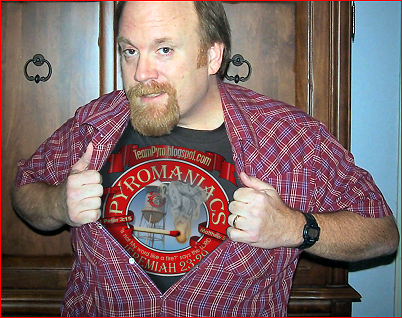Archeologists have
uncovered a church in Megiddo, dating from the second or third century AD, which indicates that Christ was worshiped as God. Thus we have yet another extra-Biblical confirmation of Christians affirming this Biblical truth, well before the fourth-century Council of Nicea — when some moderns have fantasized that the doctrine was created.

Biblically-faithful Christians already knew that Christ demanded divine worship during His time on earth, on the Father's authority (John 5:22) — and that He received it (John 20:28).
But it's nice when science catches up.
What we learn hence: stay with the Bible to stay ahead of the curve.
 Biblically-faithful Christians already knew that Christ demanded divine worship during His time on earth, on the Father's authority (John 5:22) — and that He received it (John 20:28).
Biblically-faithful Christians already knew that Christ demanded divine worship during His time on earth, on the Father's authority (John 5:22) — and that He received it (John 20:28).









9 comments:
That is very cool.
Wow, Dan, this is so great! Wait until all the news media get a hold of this story! 'Cause they had James Cameron all over the place with his Discovery Channel documentary about finding Jesus and Mary Magdelene's family tomb. Now, they'll HAVE to have him back to say it was all a gigantic fraud!
And, wow, I sure hope those archeologists in Megiddo have a press agent, because they're just going to get swamped with calls from Katie and Tom and all the rest, all of them wanting to be the first to tell the world about the new evidence that Jesus actually might have been God after all...
:)
Rachel,
Your sarcasm is excellent today.
Rachael's sarcasm is excellent every day.
(c;
Love it! "stay with the Bible to stay ahead of the curve."
Amen to that.
The Word of truth is where it's at.
A few thoughts on the dating, for what (little) they're worth. I don't think a 2nd-century date is seriously propounded by anyone, at least not based on what little I've been able to glean from the web. The current consensus seems to be mid-3rd century, with some scholars breaking for an even later date.
The Israel Ministry of Foreign Affairs announced the structure's discovery in 2005, identifying it as a 3rd- or 4th-century building.
The Israel Antiquities Authority published a report in 2006 that asserted a third-century date for the structure.
Another website, a compilation of competing scholarly opinions by a self-admittedly non-specialist, contains some speculations that the structure may be as young as the 6th century, based on various features of the mosaic which generally don't appear until then. This website was last updated in June 2007.
Finally, the church in question has its own website, with various interesting (or not-so-interesting) links. This website tentatively holds a 3rd-century date, but was built two months after its discovery in 2005, and leaves open the possibility that an even later dating could be obtained.
I put the time into this because I don't want to pull a reverse Cameron, and get myself worked up over something that might not pan out in the end. If you've got more information than the Sydney Anglicans report, I'd be interested to read it.
I did do some very quick looking, but didn't find as much as you. Thanks, Nathan!
So glad I could be a blessing. So sad for the myriad of opportunities - I'm actively NOT watching/listening to a certain debate at the moment...
In all seriousness, this looks really cool, and thanks from me also, Nathan, for the extra info. My husband teaches his weekly Church History class tomorrow night at our church's Bible institute and he's going to use some of it for "local color."
Amen, good news!
Post a Comment